Introduction
White Dragon Pearl tea, a name that evokes imagery of mythical serpents and celestial beauty, stands as a testament to China’s rich tea heritage. This enigmatic brew, often shrouded in confusion regarding its taxonomy, has captivated tea enthusiasts worldwide with its delicate appearance and nuanced flavor profile. At the heart of the curiosity lies a fundamental question: To which family of teas does White Dragon Pearl belong? This article embarks on a journey to demystify this question, tracing the tea’s origins, dissecting its production methods, and situating it within the broader spectrum of Chinese tea classification. Along the way, we will explore its cultural significance, sensory attributes, and the artistry that transforms simple leaves into a beverage fit for emperors and connoisseurs alike.
The Enigma of Classification: Green Tea, White Tea, or Something Else?
The confusion surrounding White Dragon Pearl’s classification stems from a blend of linguistic nuances and botanical intricacies. In Chinese, the tea is known as Bái Lóng Zhū (白龙珠), where bái (白) translates to “white,” lóng (龙) to “dragon,” and zhū (珠) to “pearl.” While the name suggests a white tea, the reality is more layered. To understand this discrepancy, one must delve into the distinctions between China’s six primary tea categories: green, white, yellow, oolong, black, and dark (post-fermented) teas.
Green Tea vs. White Tea: The Processing Divide
The cornerstone of tea classification lies in its processing methodology. Green teas undergo pan-frying or steaming to halt oxidation, preserving their vibrant green hue and fresh, grassy flavors. White teas, by contrast, are minimally processed—typically consisting of young buds and leaves that are withered and dried naturally, allowing subtle oxidation to occur. This fundamental difference in treatment shapes the tea’s character.
White Dragon Pearl, despite its name, aligns with green tea production. Crafted from the Camellia sinensis plant’s tender buds and leaves, it is harvested in early spring when nutrient levels peak. The leaves are then subjected to a meticulous process:
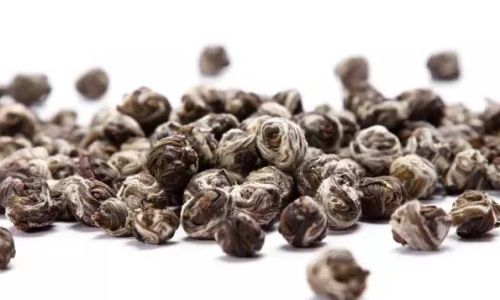
- Withering: Leaves are spread indoors to reduce moisture content gently.
- Fixation (Sha Qing): Pan-frying or steaming at high temperatures deactivates enzymes responsible for oxidation.
- Rolling: Leaves are hand-rolled into tight, pearl-like spheres, a step that concentrates flavors and aromas.
- Drying: Final drying under low heat stabilizes the tea, ensuring longevity.
This process mirrors that of other green pearl teas, such as Jasmine Dragon Pearls, confirming its green tea lineage. The “white” in its name likely refers to the silvery-white fuzz coating the unopened buds, a trait shared with white teas like Silver Needle. However, this aesthetic similarity does not override the processing method’s defining role.
Geographical Origins: The Birthplace of Elegance
White Dragon Pearl tea traces its roots to China’s Fujian and Zhejiang provinces, regions renowned for their mist-shrouded mountains and fertile soils. Fujian, in particular, is hailed as the cradle of several iconic teas, including Tie Guan Yin oolong and Silver Needle white tea. The microclimates of these areas—characterized by cool temperatures, frequent fog, and well-drained slopes—create ideal conditions for the Camellia sinensis var. sinensis, a cultivar prized for its delicate leaves and complex flavor compounds.
Cultivation and Harvesting: A Race Against Time
The production of White Dragon Pearl is a labor of love, beginning with the careful selection of tea bushes. Only the youngest buds and adjacent leaves are plucked, typically in March or April. This early harvest, known as mingqian (明前) or “pre-Qingming,” is coveted for its tender, nutrient-rich leaves. Skilled pickers work swiftly, as delays can compromise the leaves’ quality. A single kilogram of finished tea may require thousands of meticulously handpicked buds, underscoring its premium status.
The Art of Rolling: From Leaf to Pearl
The rolling phase is where White Dragon Pearl earns its name. Artisans gently knead the leaves, coaxing them into compact spheres resembling pearls. This step serves dual purposes: aesthetics and preservation. The pearls protect the leaves during storage and travel, while their tight structure allows for gradual unfurling during brewing, releasing layered flavors over multiple infusions.
Sensory Profile: A Symphony of Flavors and Aromas
When steeped, White Dragon Pearl undergoes a magical transformation. The pearls slowly unfurl, revealing emerald-green leaves and a liquor ranging from pale gold to jade. The aroma is a delicate dance of freshly cut grass, honeysuckle, and a hint of chestnut. On the palate, the tea offers a light, refreshing body with vegetal undertones, subtle sweetness, and a clean, lingering finish. Unlike robust black teas or earthy pu-erhs, White Dragon Pearl prioritizes elegance and restraint, making it a favored choice for those seeking a nuanced, uncluttered taste experience.
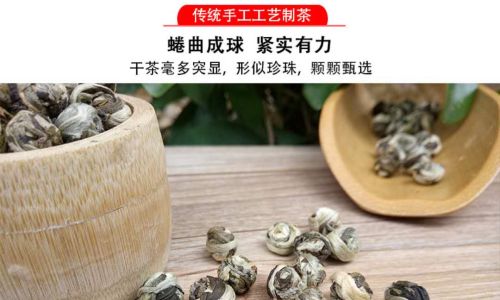
Brewing Rituals: Unlocking the Pearl’s Potential
To fully appreciate White Dragon Pearl, one must master the art of brewing. The pearls require slightly higher temperatures than some green teas—around 80–85°C (176–185°F)—to encourage unfurling without scorching. A gaiwan or glass teapot is ideal for observing the leaves’ graceful expansion. Initial steeping times of 1–2 minutes yield a mild infusion, with subsequent brews (up to 4–5 times) revealing deeper complexity. Each cup offers a evolving narrative, from the initial floral notes to a crescendo of umami and a gentle, astringent尾声.
Cultural Significance: A Tea of Emperors and Poets
White Dragon Pearl’s history is intertwined with China’s imperial past and literary traditions. During the Tang Dynasty (618–907 CE), tea evolved from a medicinal herb to a cultural symbol, with emperors and scholars alike extolling its virtues. The Song Dynasty (960–1279 CE) saw the rise of cha dao (茶道), or the “Way of Tea,” a ritualistic approach to brewing and appreciation. While White Dragon Pearl’s exact origins are debated, its association with refinement and tranquility aligns with this legacy.
In modern times, the tea has become a diplomatic gesture, gifted to visiting dignitaries and featured in international tea competitions. Its production also supports rural communities, with artisans preserving traditional techniques amid industrialization.
Health Benefits: A Brew of Wellness
Beyond its cultural allure, White Dragon Pearl offers a bouquet of health-promoting compounds. Rich in polyphenols like catechins, it boasts antioxidant properties linked to cardiovascular health, reduced inflammation, and potential cancer-fighting effects. The amino acid L-theanine, prevalent in green teas, promotes relaxation without drowsiness, making White Dragon Pearl an ideal afternoon companion. Studies also suggest benefits for metabolic health and cognitive function, though moderation is key to avoiding caffeine-related side effects.
Global Appeal: From China’s Mountains to the World’s Cups
In recent decades, White Dragon Pearl has transcended its Asian roots, gaining popularity in Europe, North America, and beyond. Its approachable flavor profile and aesthetic appeal resonate with Western palates, while its low caffeine content (compared to coffee or black tea) appeals to health-conscious consumers. Specialty tea shops and online retailers now offer variants infused with jasmine, osmanthus, or citrus, catering to diverse tastes.

Sustainability and Ethical Considerations
As demand grows, so does scrutiny over sustainable practices. Many White Dragon Pearl producers now adopt organic farming methods, shunning pesticides and synthetic fertilizers. Fair trade initiatives ensure artisans receive equitable compensation, preserving their livelihoods and cultural knowledge. Consumers, in turn, are urged to source tea from reputable vendors committed to ethical and ecological standards.
Conclusion: The Pearl’s Enduring Legacy
In the tapestry of Chinese teas, White Dragon Pearl occupies a unique niche—a green tea that wears the guise of its whiter cousin, a beverage that marries artistry with agronomy. Its classification, while initially perplexing, underscores the importance of understanding processing methodologies over superficial nomenclature. As we sip this exquisite brew, we partake in a millennia-old tradition, connecting with the land, the artisans, and the quiet moments of contemplation it inspires. Whether enjoyed in a bustling Beijing teahouse or a serene Parisian salon, White Dragon Pearl remains a bridge between past and present, a testament to the enduring power of a simple leaf transformed.
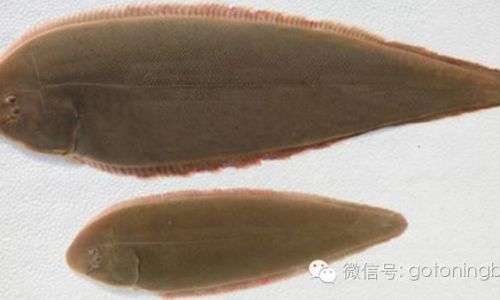

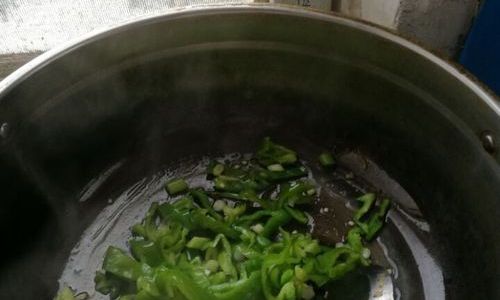
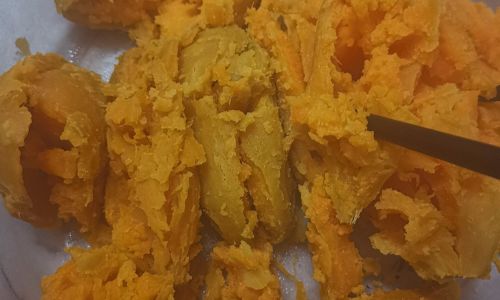
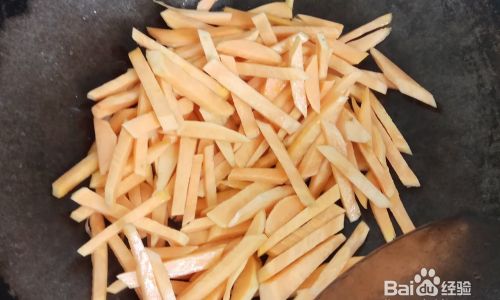
0 comments